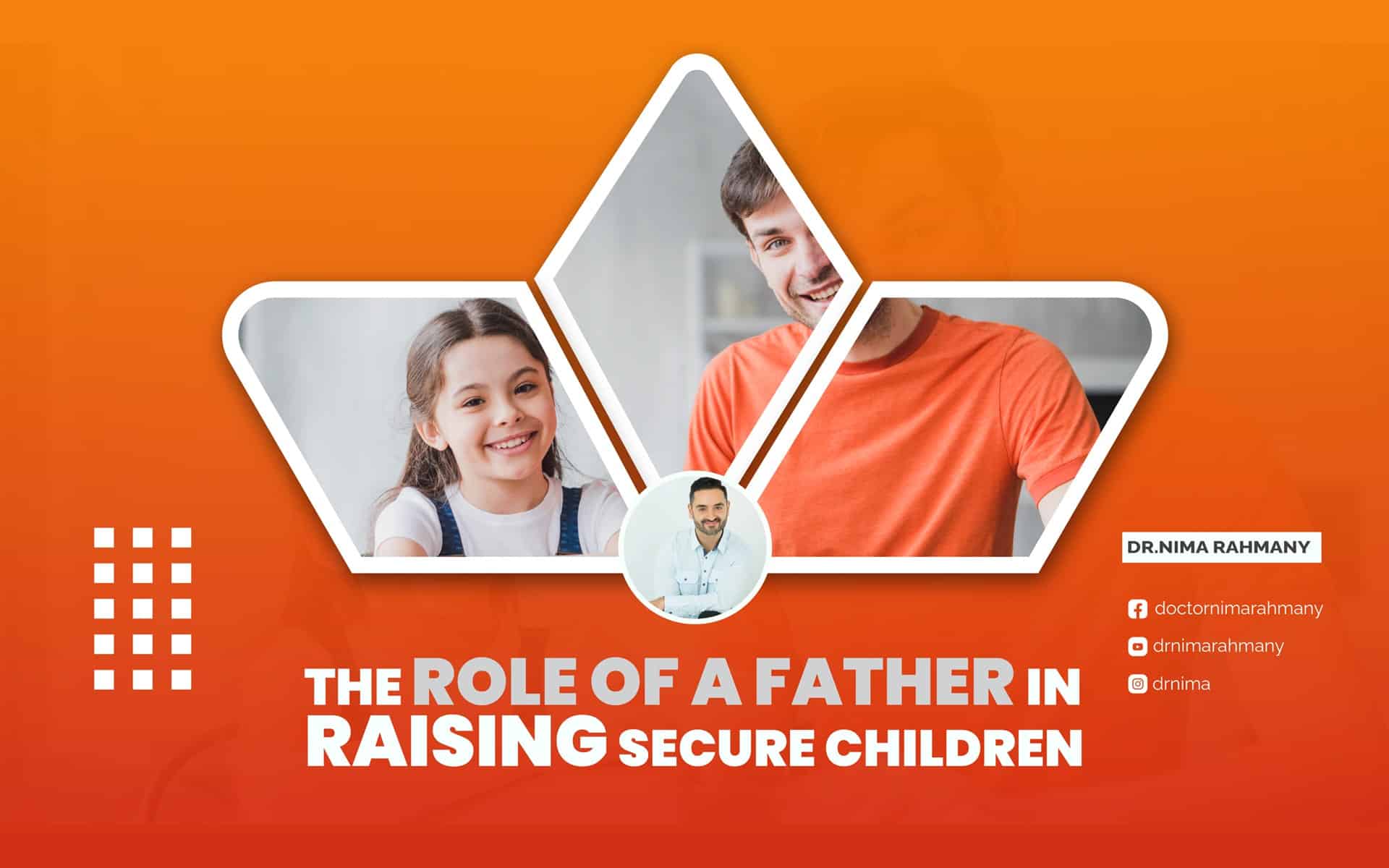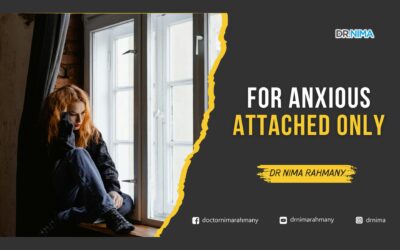they inherit our patterns.
Let that sink in for a moment.
Your child doesn’t just pick up your smile or your laugh.
and the ways you’ve learned (or failed) to self-regulate.
If you’ve ever caught your child responding with the same anxiety,
where they got it from.
It’s like looking into a mirror you didn’t ask for.
See if any of this resonates:
The moments when you see your child shut down during conflict,
just like you may do.
just like you might recognize within yourself.
And as parents, we love them so fiercely,
we swore we’d never pass on:
- Yelling when they don’t listen.
- Avoiding conflict because we don’t want to feel like the “bad guy.”
- Over-apologizing or over-explaining
because we can’t bear to see them upset.
It’s all me.
That shame can be paralyzing.
Tell me if this relates at all.
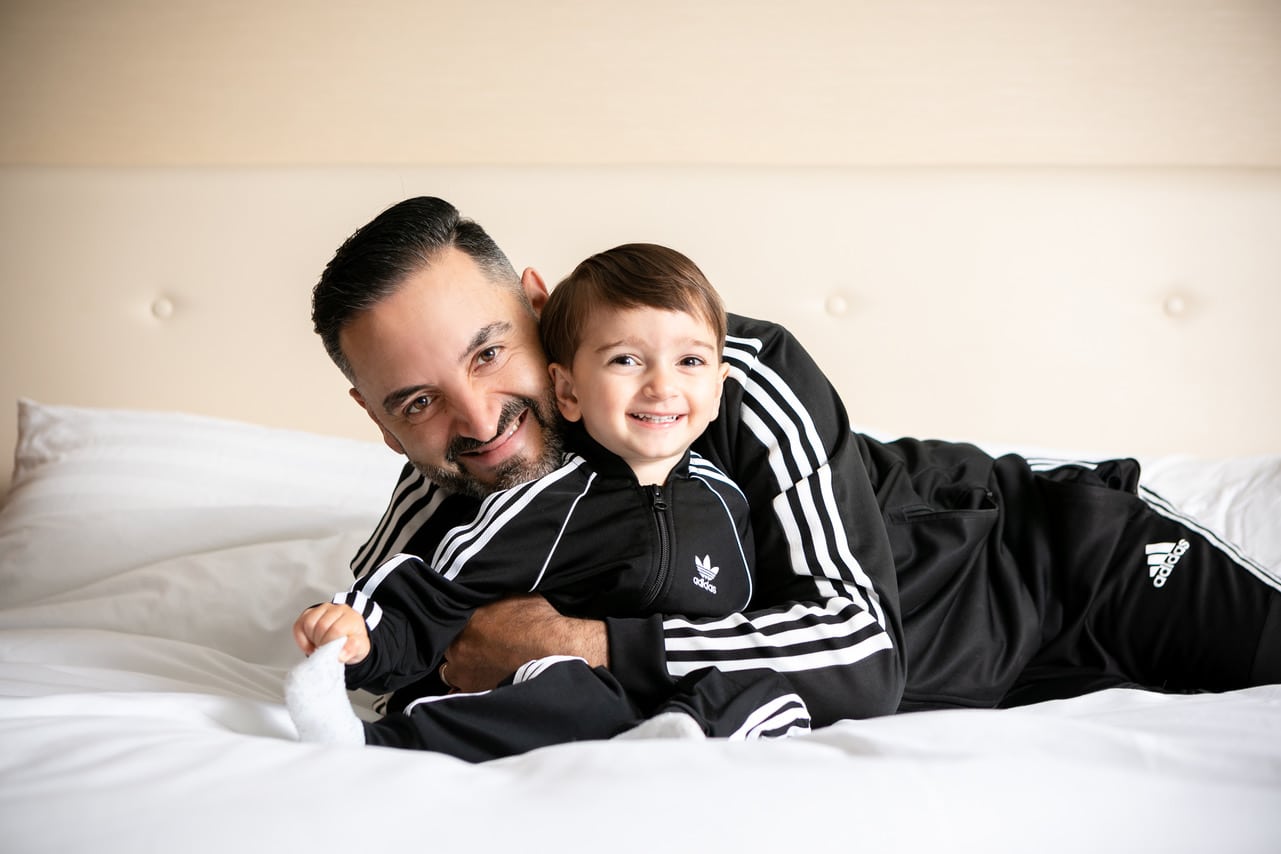
THE ROLE OF A FATHER
(AND THE SECRET TO BREAKING THE CYCLE)
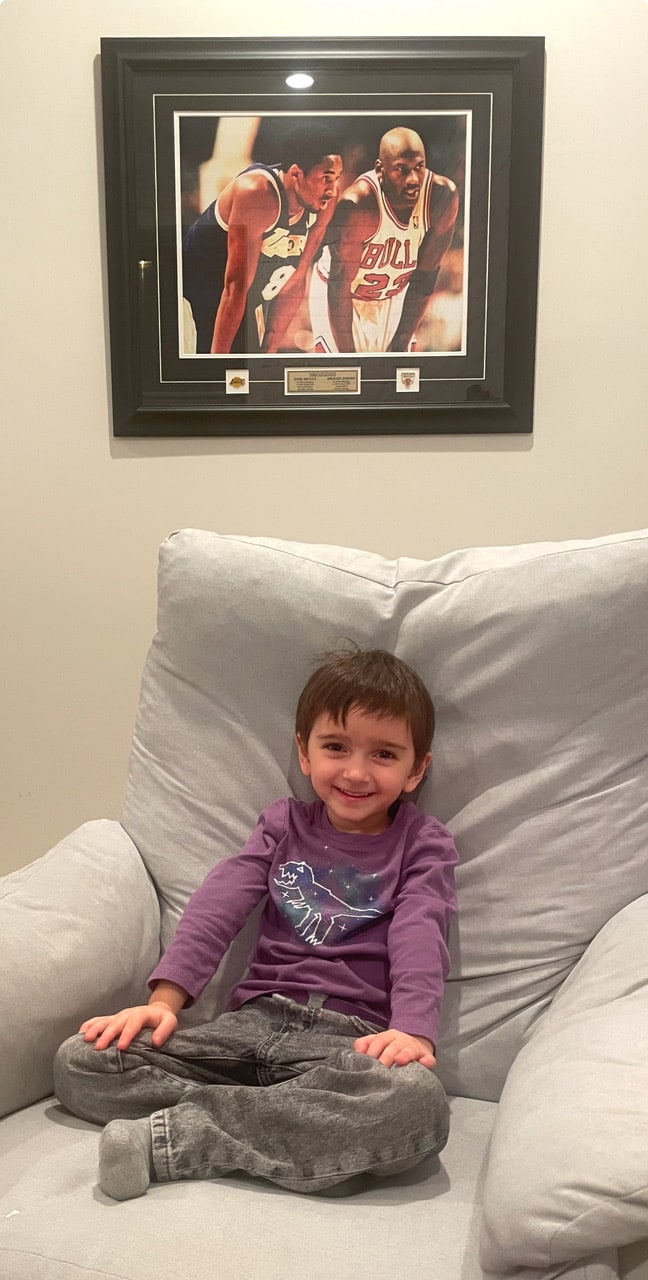
In my journey as a dad, I’ve had a game-changing realization:
My most important job isn’t to teach Dominic how to be secure.
IT’S TO MODEL IT.
That means learning how to self-regulate
so she can pour into him from a full battery.
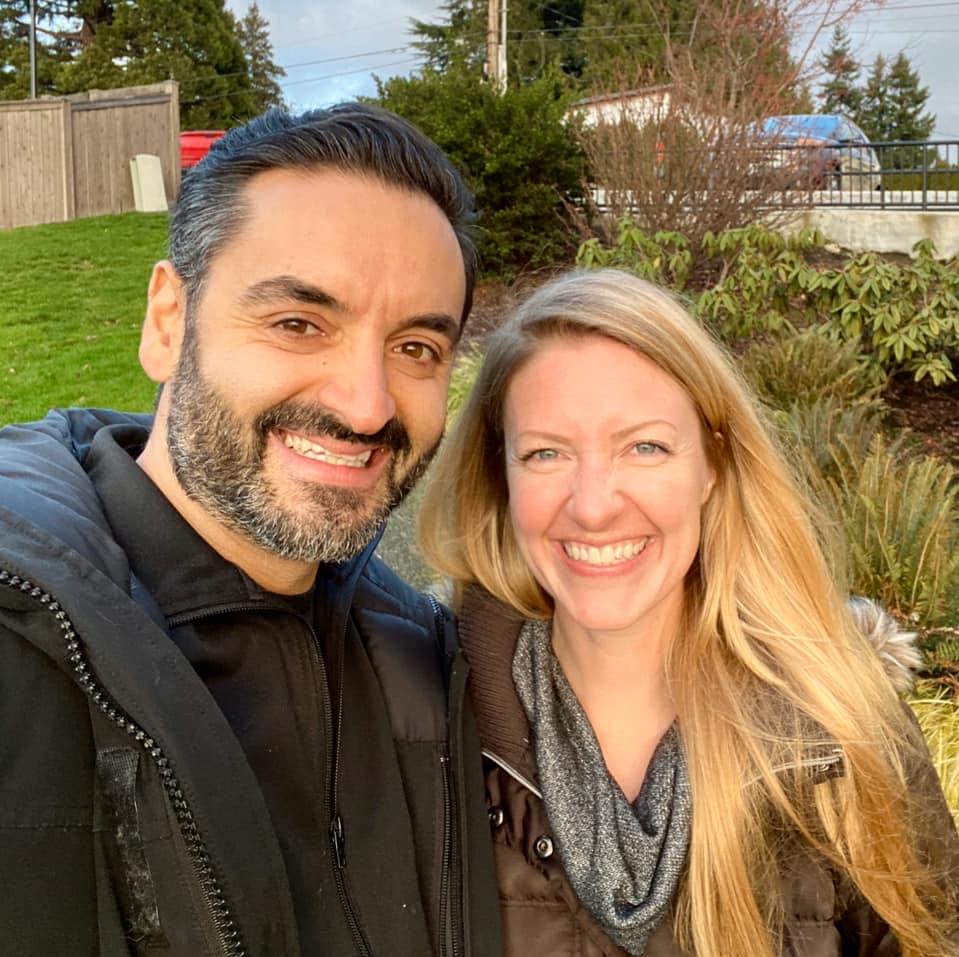
The early years of his life are critical,
who models those things.
Because here’s the truth:
Kids don’t listen to what you say.
THEY ABSORB WHO YOU ARE.
As adults, we all carry the wounds of our childhood—
and the patterns we learned to survive.
When we become parents, we either:
- Heal those wounds, so our kids don’t inherit them.
- Or we pass them on, unconsciously repeating the cycle.
No one taught us how to do this.
How to navigate big emotions,
or face our shadows.
But we have a choice.
One Simple Practice
Here’s something I’ve been doing to shift the energy in my home:
When Dominic has a meltdown or an emotional outburst,
“What am I making this mean about me?”
This question alone shifts me into my “observer” consciousness.
safe, and understood?
It’s not easy, and I don’t always get it right.
But every time I pause,
I break the pattern just a little bit more.
Here’s what I’ve learned:
opportunities, or a private education.
IT’S A REGULATED, SELF-LOVING PARENT.
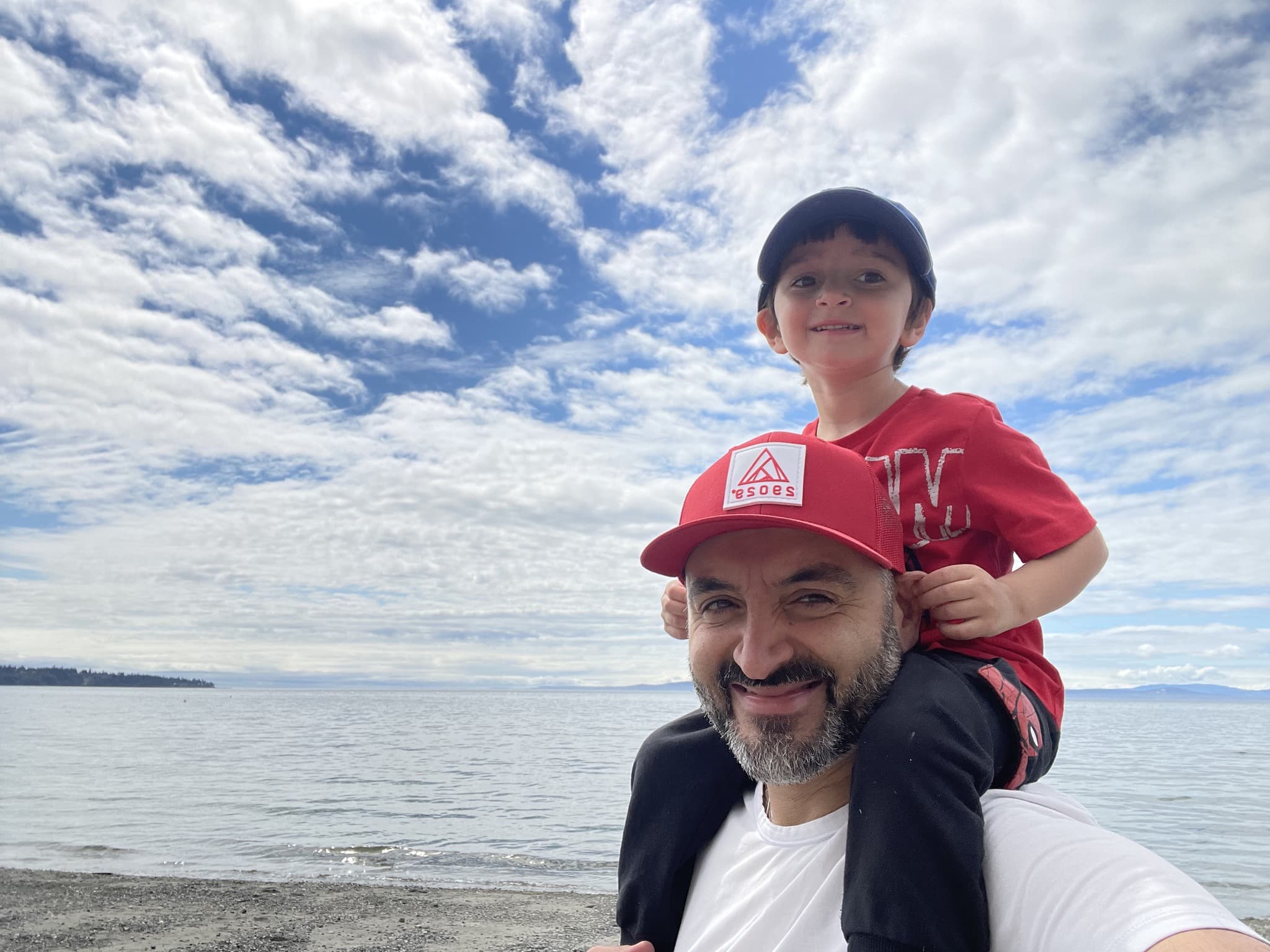
When you learn to meet your own needs,
because they’re not absorbing your unresolved chaos.
You stop passing down the patterns that kept you stuck—
trusts their voice,
and feels at home in their own skin.
This is the promise:
I’ve got something special coming up.
Starting next month,
A Shadow Work Experience.”
This immersive mini-course is being run in February
- Understand the hidden dynamics in your relationships—
with your partner, kids, and most importantly, yourself. - Break free from the cycles of conflict and disconnection
by uncovering and integrating your shadow. - Learn how to create safety and connection in your home, starting with YOU.
It’s a deep dive into the unseen forces driving your relationship patterns—
comment with: “I’m ready to break the cycle.”
I’ll send you all the details,
and what you’ll learn in each week of the course.
Let’s make this the moment where the cycle ends—and the connection begins.
With love and belief in your power to shift,
Nima

